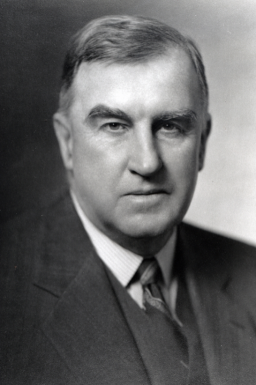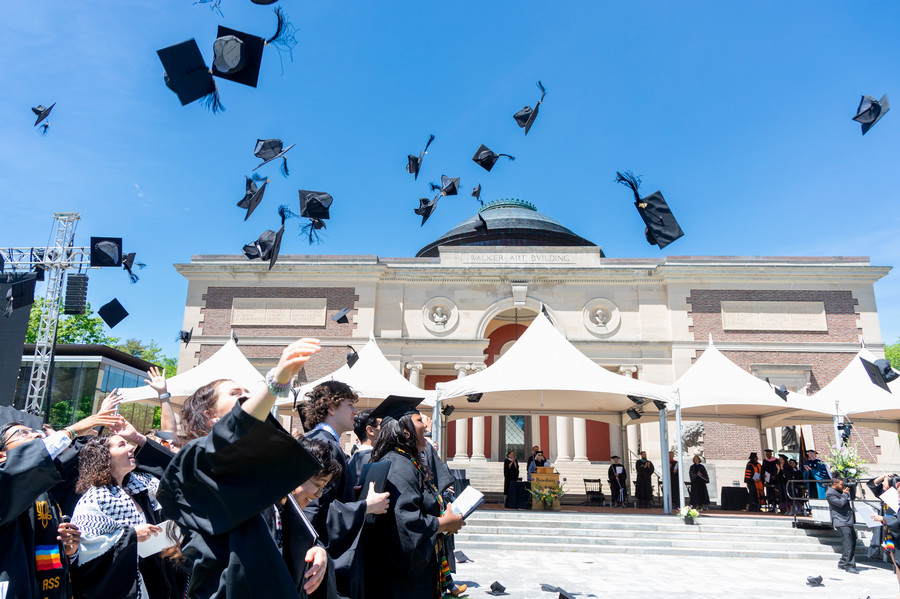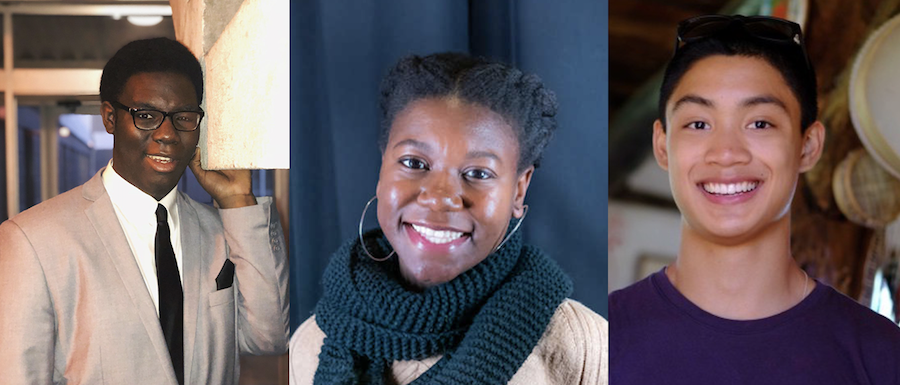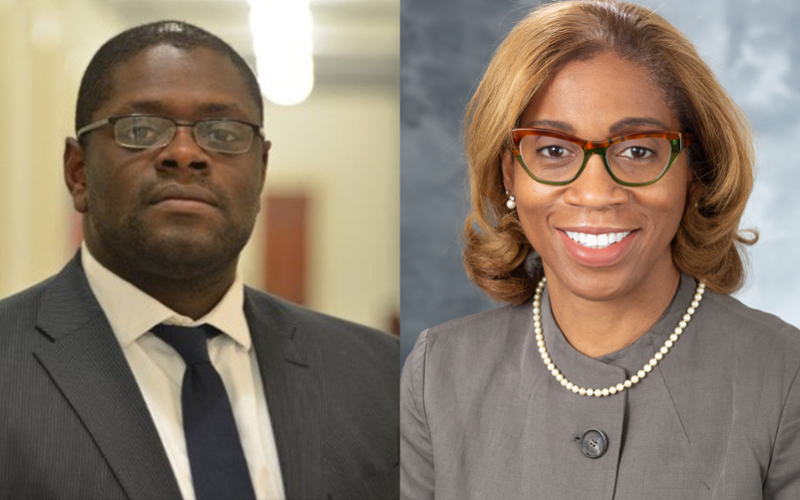“Voices from Bowdoin’s Past.” Convocation 2016, Dean of Student Affairs Timothy Foster
By Tom Porter
For 214 years, our college has weathered nearly every challenge America has seen, and every jolt from an uncertain and ever-changing world.
Take, for example, some of the eerily familiar circumstances that greeted members of the Class of 1920 when they arrived in Brunswick one hundred years ago.
In the fall of 1916, America was locked in a contentious presidential election between Supreme Court Justice Charles Evan Hughes and the incumbent, Woodrow Wilson. Revolution was underway in Mexico, and the border with America was awash in distrust and violence. The women’s suffrage movement was in full swing, with a chance that fall to elect Jeannette Rankin of Montana as the first woman in history to serve in Congress. And Europe was wracked with terror and violence as the Great War raged with increasing fury. Across America there were calls to halt the teaching of the German language and German literature.
By the following spring, America was in the war and the Bowdoin campus and curriculum were being adapted to prepare students to fight.
At Commencement in June 1917, only thirteen seniors—a mere seventh of the class—stood in line to receive their diplomas. All the others had left for military service.
As dean, future Bowdoin President Kenneth C. M. Sills had urged the students to stay on campus as long as possible.
“The College ought not to be turned into a strictly military institution, for a liberal training is essential as never before. From colleges such as Bowdoin the country expects well trained, broad minded, high spirited graduates. And with the traditions of the College behind us, with the heritage we have received from the great teachers of the past…we are facing the coming years of storm and stress full of faith…”
Later that same month, William DeWitt Hyde—author of “The Offer of the College,” who had served as president since 1885—died in his home at 85 Federal Street at the age of fifty-eight. Sills would succeed Hyde as president, serving for thirty-four years, from 1918 to 1952, longer than any president of the College before or since.
It was a period of tremendous change, with advances in science, transportation, communication, and medicine. But it was also a time of tumult on the world stage that encompassed the First World War and the Russian Revolution, Prohibition and The Great Depression, World War II and the start of the Cold War, among many other tribulations.
Sills knew the impact of these terrible events on Bowdoin.
“No institution in the land, governmental, ecclesiastical, or business, is more affected by the changing tides of human experience than is the college,” he wrote, “and not only the faculty and students but the alumni also should have a clear conception of the problems that lie before us.”
Sills understood how important it was for the College to support the war effort, and he also knew that nothing was going to stop students from signing up. Bowdoin already had a strong tradition of students leaving campus to serve their country. Yet, beginning with the First World War and again later during World War II, Sills remained steadfast in underscoring the imperative of education in these times of peril.
In May 1917, just a month after America’s declaration of war, he wrote:
“Few people realize that one of the great sacrifices demanded of a nation at war is the temporary impairment of its intellectual life. All over the country, in different colleges, undergraduates are leaving without completing their courses, and many of the students now in college will be less well trained intellectually than their predecessors….In the critical days to follow…the nation will have need of those trained to think clearly and to keep their heads in emergencies.”
A quarter century later, at Commencement in the fall of 1942—this time with only sixteen seniors left on campus—he urged the graduates to not be misled by the calls of others to scrap liberal education for military or other so-called “useful” training deemed necessary by World War II:
“I would not have you for a moment underestimate the worth of the education you have received in this college of liberal arts. One of the contributing causes of the chaos in our modern world has been the fact that in so many nations, due to the first World War, thousands of young men and women grew to maturity without the kind of education that is rightly called liberal, and without having received in their early days the emphasis on the spiritual and ideal side of life.”
Through it all—the wars, economic misery, the struggle for individual rights, and the very real pressures to abandon the principles and purposes of the College, Sills remained upbeat and confident. It was a confidence grounded in Bowdoin’s history and in the resilience of youth.
In May 1935—during the depths of the Great Depression—he reassured an anxious College:
“We have had an extraordinarily fine year—perhaps on the whole the finest year since I became president in 1918. The many difficulties which this college… faces…the very real challenge which the proper preparation of youth for life’s duties calls forth—the temporal uncertainties of the immediate future—can be placed against the backdrop of Bowdoin’s history and service of one hundred and thirty years, and against a western sky enlightened by hope.”
The words of Kenneth C. M. Sills, Bowdoin’s eighth president.
Thank you for listening.



